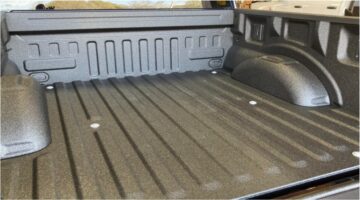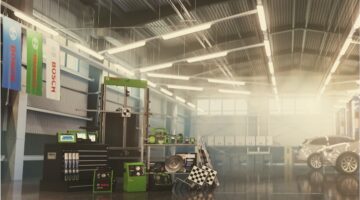All you need to do to get the highest quality sound effects when driving is to have quality speakers for your vehicle. These speakers must be well-maintained to avoid disruption from the road’s ups and downs.
Speakers may have high-quality sound effects for an extended period if they are well maintained and cared for. Read on to find some pointers on how to keep your car audio system in good working order.
1- Avoid from Magnetic Sources
Ensure your audio device isn’t too close to a magnetic source, as the magnetic field could harm the built-in electromagnet. Even avoid placing your speakers near metal since this will attract the magnetic field. It’s best to put your speakers in a wooden or non-magnetic shell.
2- Add a signal processor or equalizer to the mix.
When it comes to sound comfort, the interior of a vehicle poses specific significant issues. Echo reflects like nuts off the glass and ceramic walls, while furniture, seat covers, and other absorbent fabrics soak it up.
When you add in incorrectly positioned microphones, you get substantial-frequency response peaks in most car interiors. These peaks trigger “ear exhaustion” by making the music boomy in the bass or shrill in the upper frequencies.
Most car receivers, even the ones mentioned on Xtreme Car Audio, include treble, midrange, and bass sensors, which are helpful for general adjustments, although not for pinpointing specific issues.
To eliminate these peaks, you’ll need an equalizer, which can be found installed into your receiver or in a processor located in your dash or near your amplifiers.
3- Prevent Damage to Your System
The static electricity generated by touching the speakers with our hands may also influence the audio system’s sound. Additionally, keep the speakers free from solid sunshine. The audio system’s speakers have built-in ventilator holes that should not be blocked.
These ventilation holes are essential for extending the existence of the audio device.
4- Don’t turn up the volume on your tone controls to the maximum.
Many of the best automotive sound systems work stronger when they’re well-tuned, much like a guitar.
Turning up the tone controls on your factory radio all the way may make your machine sound better in your driveway, but it will distort the highway. Your factory machine will be placed under a lot of stress if you use many low-frequency boosts.
If you want to fatten up the pitch, consider a minor bass boost, a slight drop in the highs and mids, and a slight increase in the total volume.
A poor EQ environment will ruin a decent device, while an insightful tone curve will render a good system sound fantastic.
It’s never a brilliant idea to mess with your EQ on the road for various factors. If possible, program a few different EQ presets into your receiver so you can see what fits well in your vehicle without needing to make adjustments when driving.
Alternatively, loop through your receiver’s preset curves to see the one sounds best at highway speeds, then tweak that configuration in your driveway.
5- Verify That You Have A Working Power Connection
There is a variety of current running to the power cables due to the car’s constant motion and acceleration. It is also recommended that you get the ground links regularly tested to ensure that they do not combine and corrode.
The same idea applies to the battery and a control terminal, namely that any power cable delivery will influence sound quality. If you continue to listen to music without interruptions, make sure the current is flowing smoothly.









